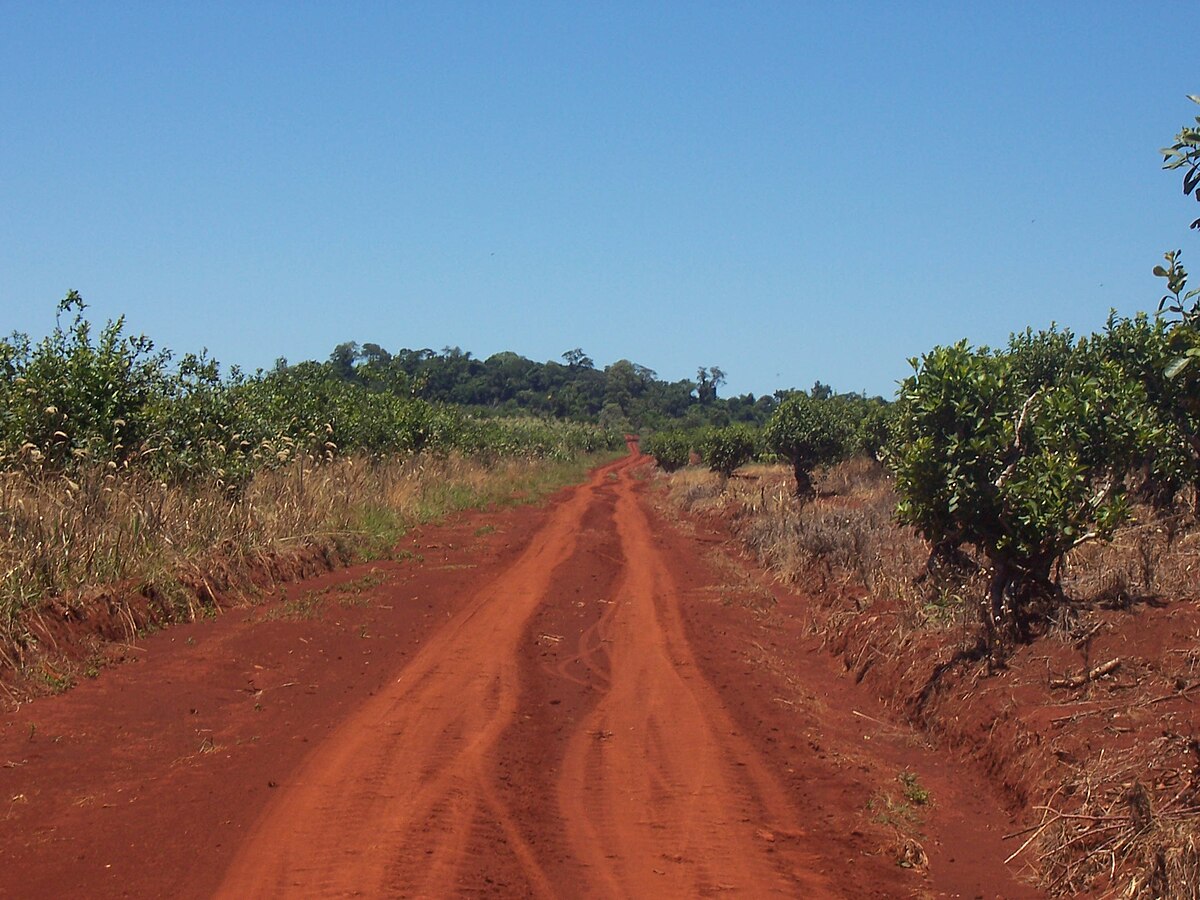This is what happens when you have one word for two colors.
Not quite. The number of colours itself is language-dependent. Easier shown with an example:

The three gems in the pic are emerald, turquoisite and lapis respectively. How many colours are there?
- Japanese (old style) - "one: they're all different shades of 青 ao"
- English - "two: the emerald is green and the other two are blue"
- Russian - "three: they're зелёный zeljonyj, голубой goluboj, and синий sinij respectively"
From Russian PoV, English is the one using "one word for two colours", and Japanese used one for three.
...or at least that's how Japanese did it. The primary colours of a language can change over time - splitting, migrating, or even merging (in rare situations). And that's exactly what happened with Japanese, with 緑 midori changing meaning from "verdure" to "a hue of 青 ao", and then telling the later "GET OFF MY LAWN, I'M NOW A PRIMARY COLOUR!".
For reference, English did the same around the XVI century, with a shade of yellow (more specifically yellow-red). It's now called "orange".
